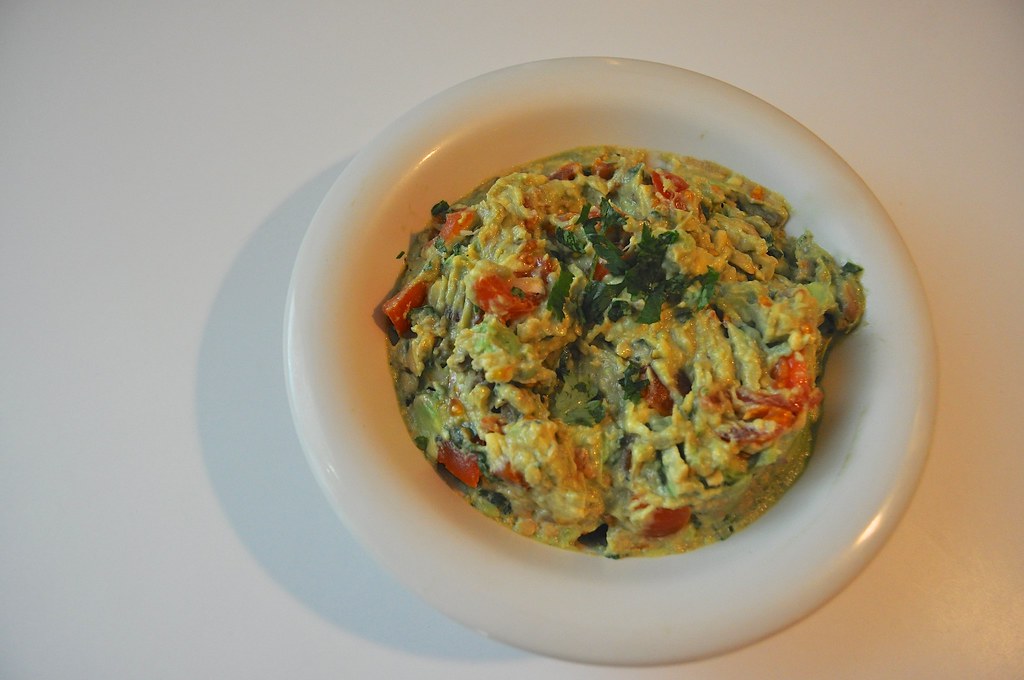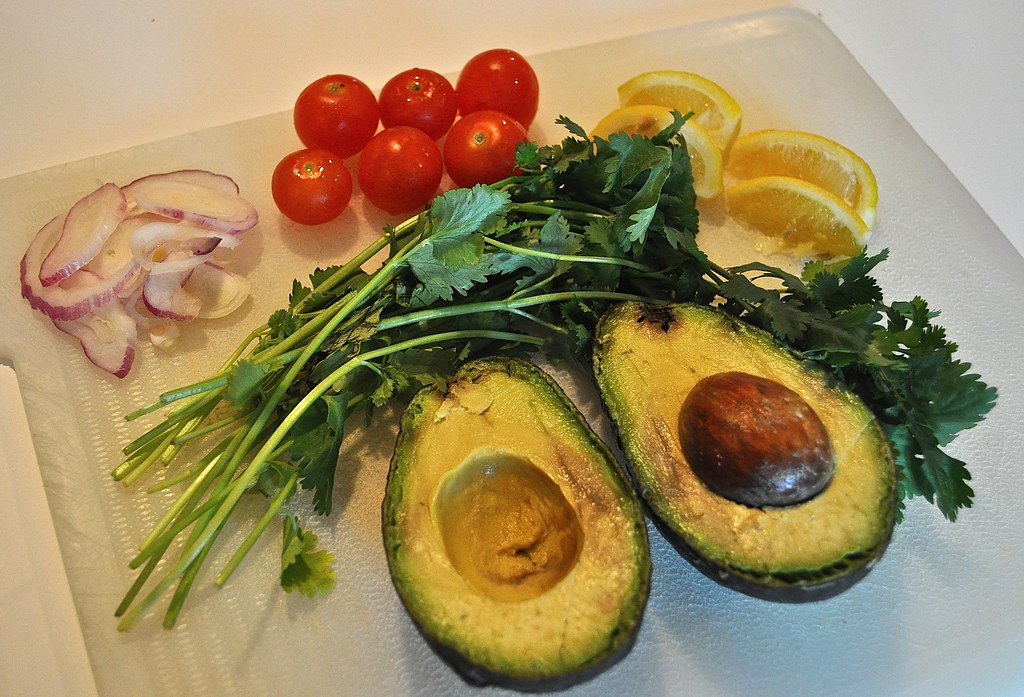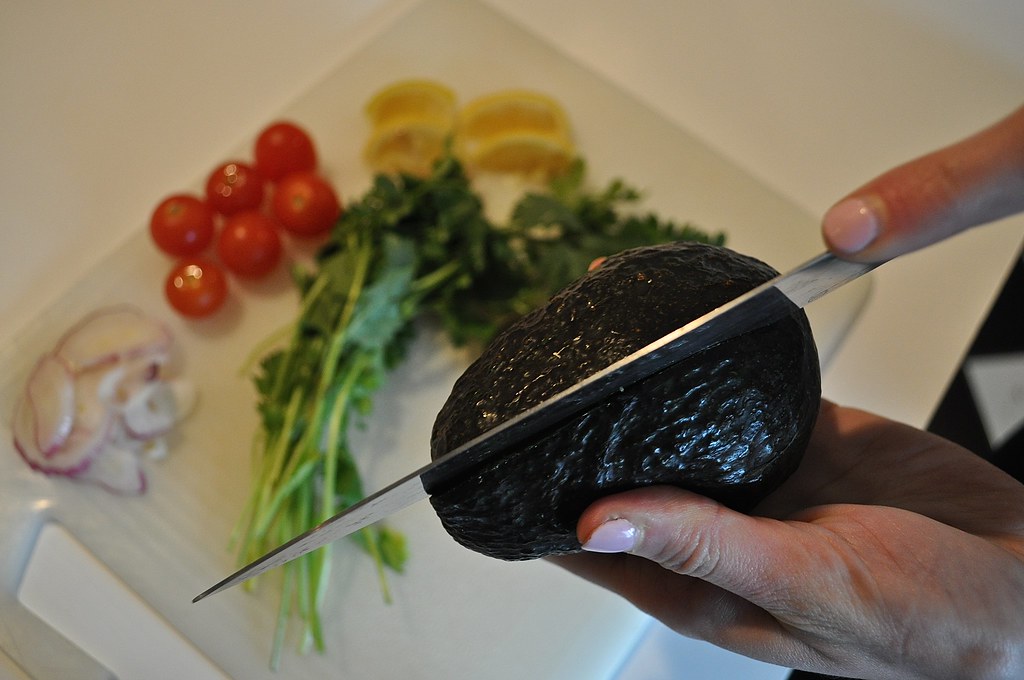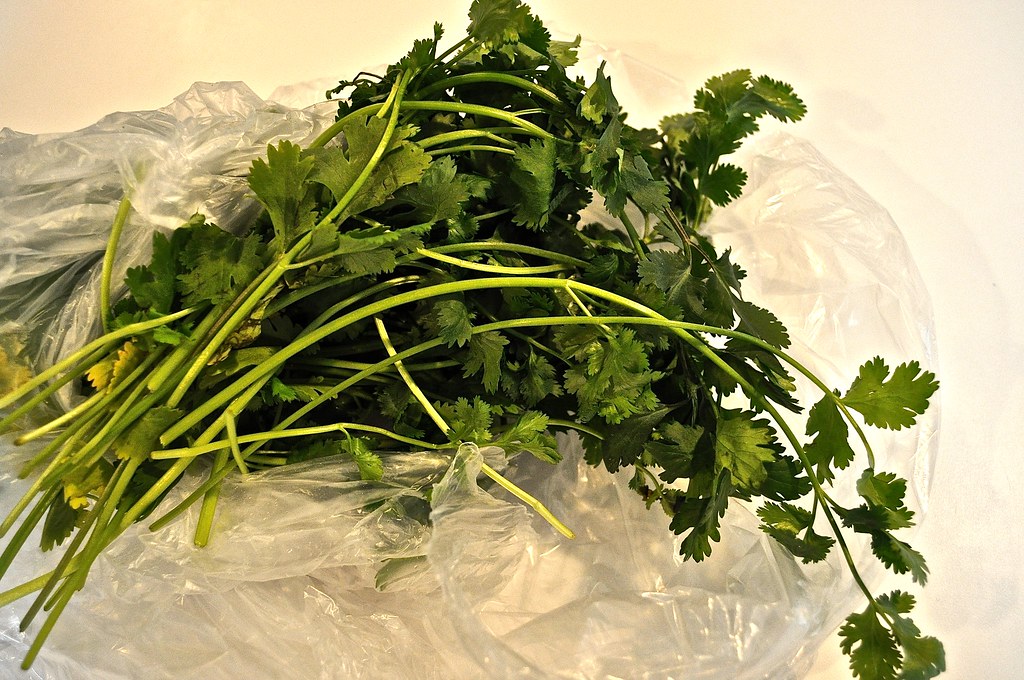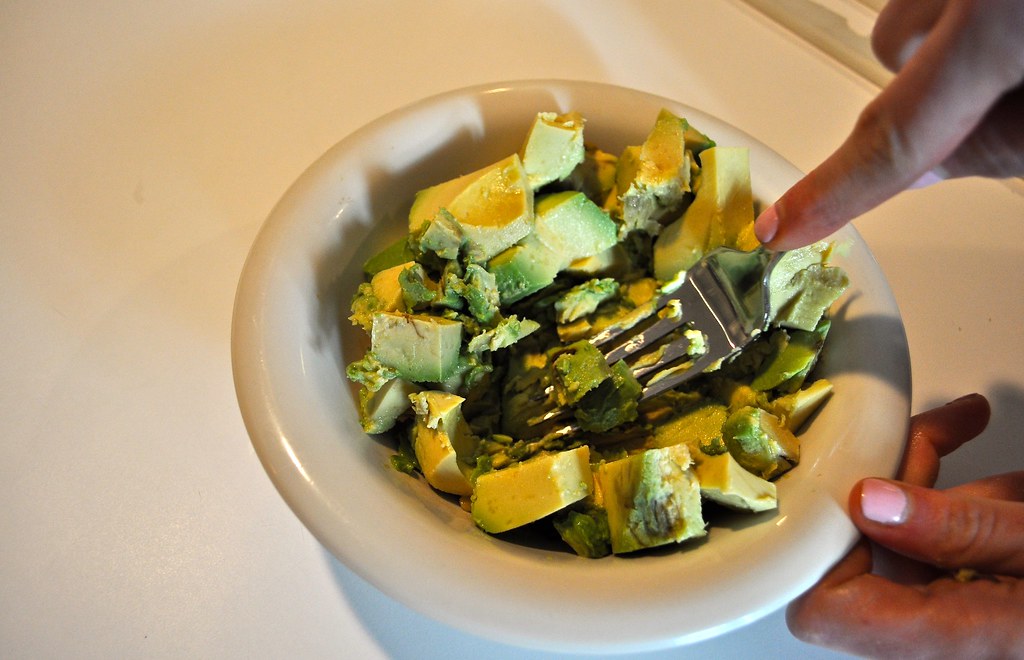Here are 5 things to know about everyone’s favorite game day snack.
1. Avocados: The two common varieties
Hass vs. Fuerte. California vs. Florida. Black vs. Green. If you love avocados you probably already have your go-to favorite. But what’s the difference? The Hass (California) avocado is relatively small with rough skin that darkens as it ripens. It has a creamy texture due to its naturally high oil content, making it ideal for guac. The giant, green Fuerte avocado, commonly grown in Florida, is also an option for making guacamole. But due to their lower fat content, Fuerte avocados often produce guac that is less rich and creamy.
2. Ripeness is key
A ripe avocado is light green inside with minimal brown spots. You’ll know it’s ready by the change in skin color or when it gives a little when lightly squeezed. To ensure the best texture for guacamole, buy your avocados a few days in advance so they can ripen slowly. If you’re short on time and your avocados aren’t ripe enough, seal them in a brown paper bag at room temperature to speed up the process.
3. Secret Ingredient: Cilantro
After making guacamole several times, I’ve found that cilantro is the best-kept secret ingredient. I’ll even make a trip to the store if I forget to buy it – it makes that much of a difference. Fresh herbs add a flavorful element to food that is hard to substitute with other ingredients. Add a few tablespoons of diced cilantro to your next batch of guacamole for an added boost of fresh flavor and color!
4. Be careful to not over-mash
Avocados are delicate superfoods that need some TLC. Start by cutting the avocado vertically and then across, forming cubes. Gently run a spoon around the edges and scoop it into a bowl. Now here’s the key: lightly mash the avocado with a fork, making sure to leave some chunks larger than others.
5. Keep it fresh
The leftover guacamole in your refrigerator makes a great late-night study snack, but realizing that the guac turned brown will most likely have you reaching for something else. Avoid discoloration completely by adding a little water (a few teaspoons) to the top of your guacamole before sealing it in an airtight container.* The water will act as barrier to the air: an avocado’s ultimate enemy.
*This tip was discovered by the Kitchn
Want to make guacamole in your dorm room? Click here


